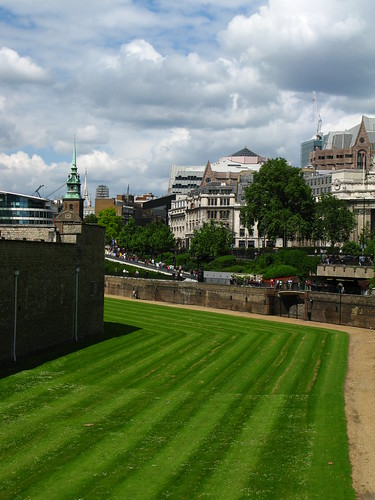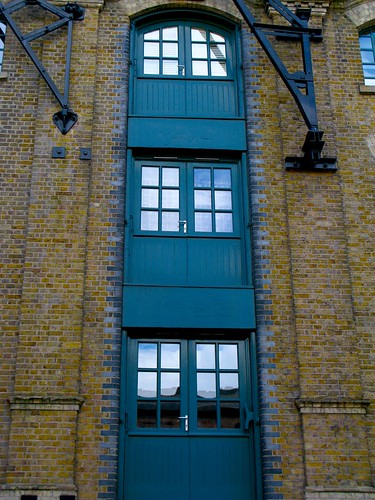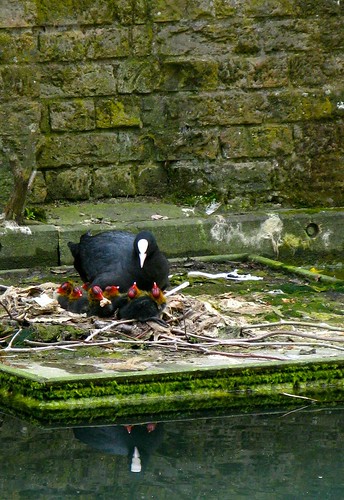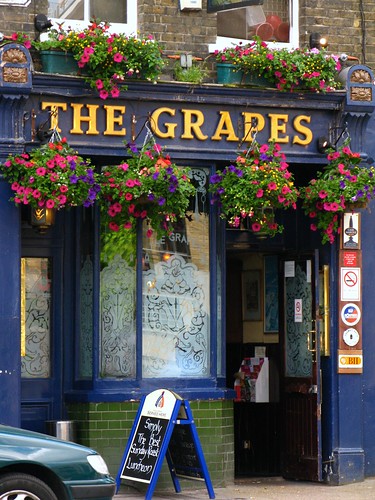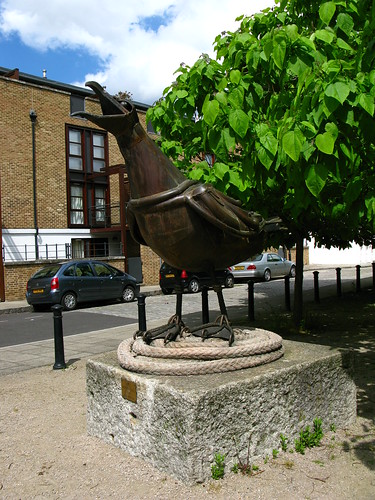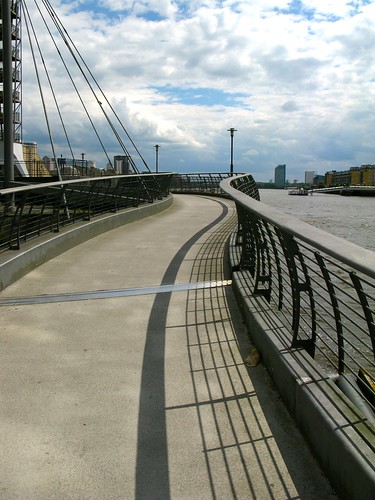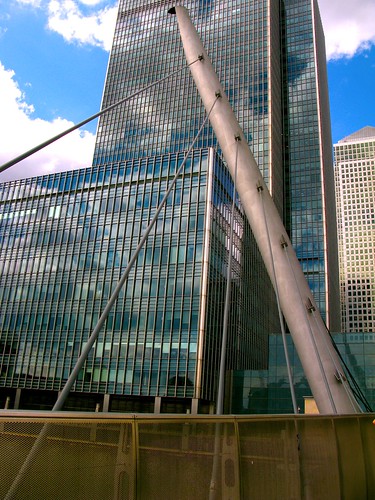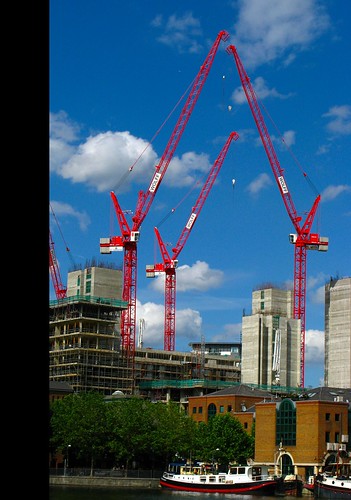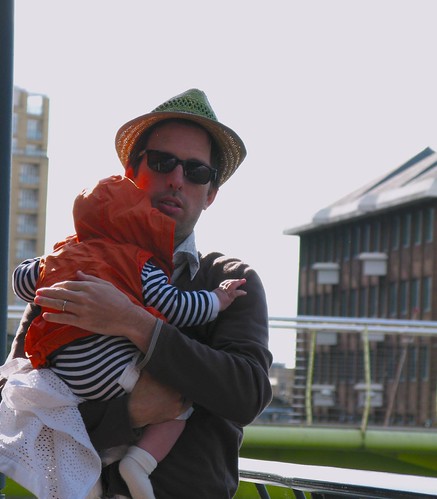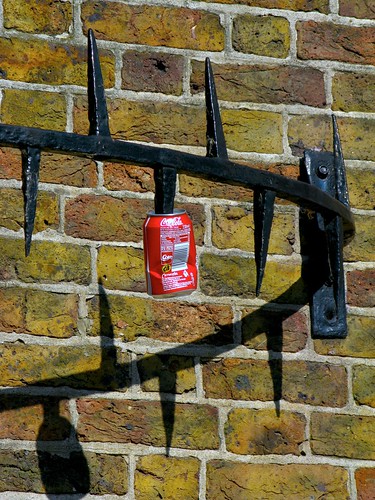After a little faffing when we got to Berwick, we finally got started on the walk when we hit the reservoir. It was very still, apart for a lone angler who was flyfishing and a train of ducks who swam by languidly.


Me (musingly): Isn't it funny they just swim in a row? Like they're in school?
Dr Phil (scientific explanation at hand): I think it's something to do with minimal wind draft and water resistance.
Me (eyes glazed over):.....
Exiting the reservoir, we began a rather difficult and if I might say so, unpleasant part of the walk. We had to wade past grass that came up to our hips while trying to follow a barely distinct path. The only way to get through it was to knee-lift all the way, which was hard work.

Not long after, we came across the first of many tricky stiles. The stiles along this route were either broken and therefore unstable, had jagged edges, or were flanked closely by live electric wires or barbed wire. How could they allow this? The Singaporean part of me was aghast. Someone could slip and fry themselves quite easily.

Some poor cow was left behind.

But there were moments, where we caught a glimpse of something delicate and pretty.

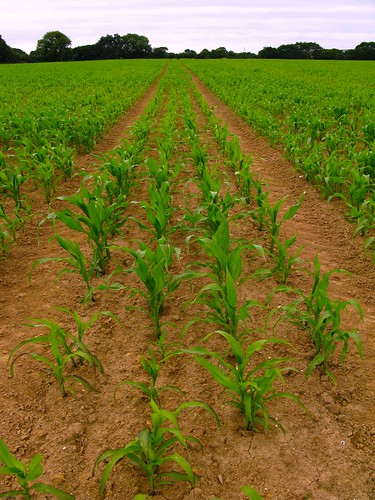
After that, it was still over another stile with electric fences and across a railway track with live rails. We constantly seemed one step away from an electrocuted exit.

We caught our first glimpse of the Long Man, a male outline with a staff in each hand. This hill figure of English chalk is an iconic image of ancient landscape, with a mysterious origin. At 69 m tall, he is the second largest ancient human figure in the world, after the Giant of Attacama, Chile (120 m).

"Many dates have been suggested for the Long Man. Some argued for the Neolithic because there is a large long barrow on the hill above, and what were thought to be flint mines (although these now seem more likely to be later chalk or flint pits). Others have been tempted by an Iron Age ‘Celtic’ attribution, although on no more secure basis than a rather general similarity to other hill figures, particularly the White Horse of Uffington, the form of which closely resembles horses on Late Iron Age coins."
Read more about it here.
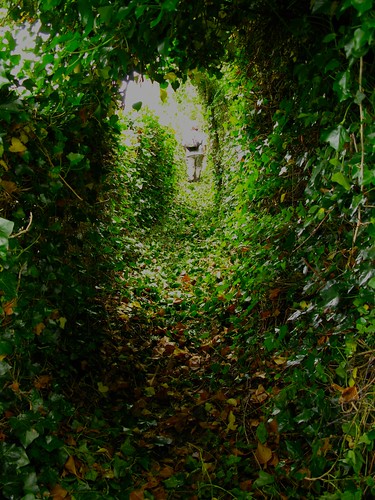
It did feel like we went through quite a trial and emerged in time for the last order of lunch at the Giant's Rest.

The Giant's Rest was a delightful pub. I ordered the Mediterranean Fish Stew, which was creamy and delicious and came with two large slices of crusty cheesy toast. Johnny and Phil had the Ploughman's Lunch. It was an unanimous verdict that this was the best lunch we've had on all our walks so far.
Well done to the staff of the Giant's Rest!

A quick ciggie break is well deserved.

After lunch, all looked much brighter. The walk became far more pleasant with pretty, quaint cottages with thatched roofs and colourful blooms.
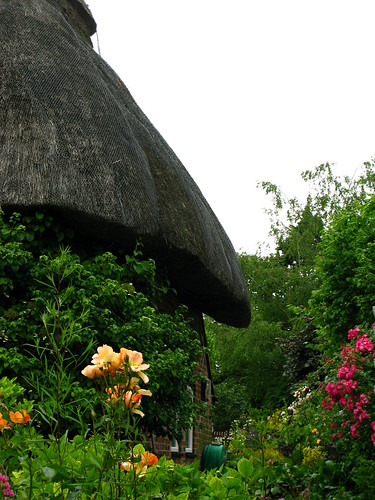
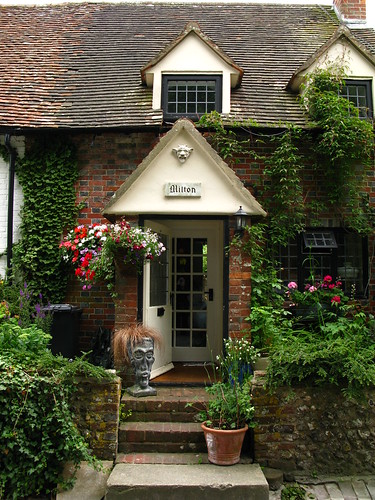
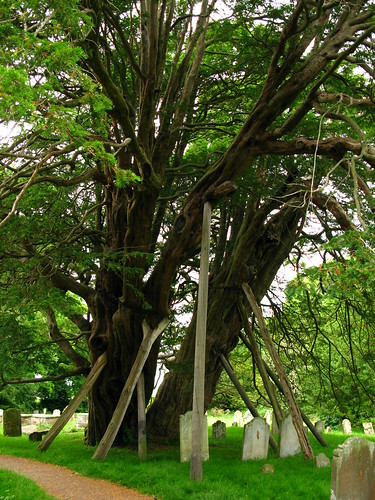
Soon we reached fields of corn and the rolling plains of the South Downs.




If you scrutinise the poster, you'd see that what is missing is a falcon. This region is known for its appreciation for aviary.
Dr. J : Haha, bet you need an eagle eye to find him.

We even managed to spot a few cottontails. These bunnies are so adorable. They're mostly brown, but when they start hopping, they flash their white butts at you like a can-can dancer showing her bloomers. I've yet to snap a bunny in de flagrante though.
We continued to climb up towards the ridge.


And these were rather unexpected! Lamas! For some reason, lamas are just funny creatures.

We also came across a rather lovely pony, but it was still plain we were in Tory land, as these fields were crisscrossed with live wires.
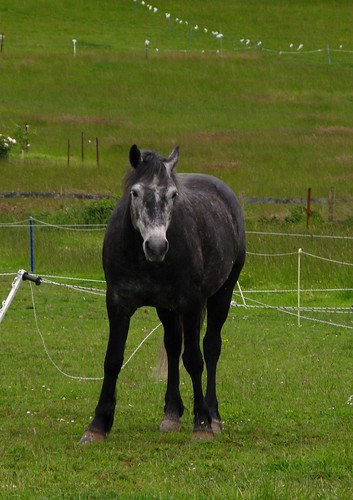
It would also be an area where terrier racing and hunting are much loved.


We nipped into the village of Jevington, oddly civilised for its notorious smuggler's past.

After a slow climb up to the ridge, the winds blew hard. There were still many people out walking their dogs. The English love walks, their dogs and wellies.

Finally, over the ridge, we can see the shorelines of Eastbourne.

We were definitely dragging our feet around the town of Eastbourne to the station. I was snoozing on the way on the train.









